Today's Top Picks

Remote Contact Tracing: A New Twist on an Old Practice
The idea of contact tracing is nothing new. It has been practiced for decades to help stop the
spread of infectious diseases such as smallpox and HIV. It has been taught to public health
professionals for decades. However, with the global explosion of the COVID-19 pandemic in 2020, it has
emerged as a key strategy to control the spread of infection.

All Models Are Wrong (But Modeling Is as Necessary as Ever)
British statistician, George Box, famously stated that “all models are wrong, but some are useful.” The nation’s experience with COVID-19 has highlighted this fact as policy makers have struggled to calibrate their actions based on imperfect data and modeling. Yet, modeling is useful and will continue to be an important aspect of emergency management.
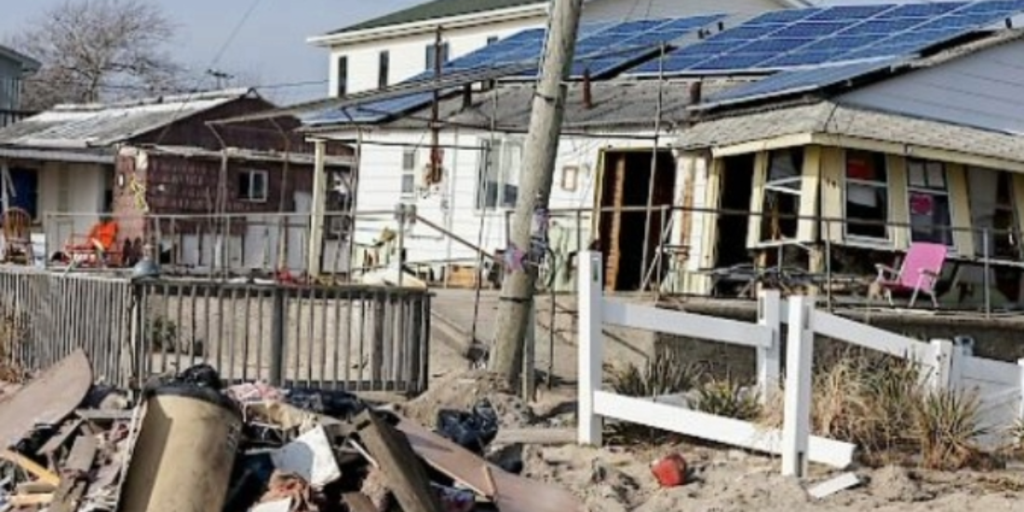
Disaster Case Management: An Important Disaster Response Tool
Effective disaster response and recovery involves identifying and establishing an organization that serves the needs of vulnerable populations utilizing pre-disaster risk assessments and crisis management communication, with planned and tested tools and robust resources. Disaster Case Management is one such tool.
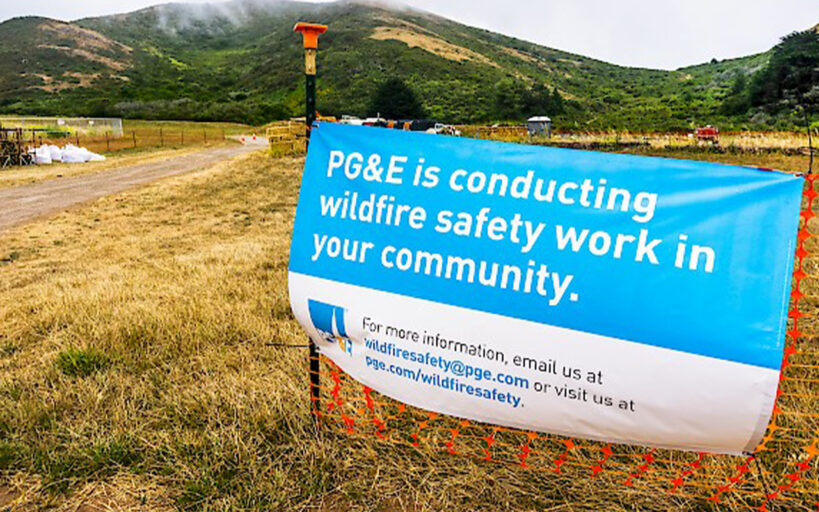
The Epitome of Failure – Part 3
At the beginning of a 28 May 2020 court hearing, U.S. District Court Judge William Alsup made the following opening statement, “If there ever was a corporation that deserved to go to prison, it is PG&E for the number of people it has killed in California.” Pacific Gas and Electric’s (PG&E) survival for the last decade has been described in some detail in Parts 1 and 2 of this three-part article. The vox populi of the courts, regulators, fellow utilities, businesses, and customers has most of the time fallen on deaf ears with the leadership of PG&E. The facts that create this type of environment are extremely complicated.
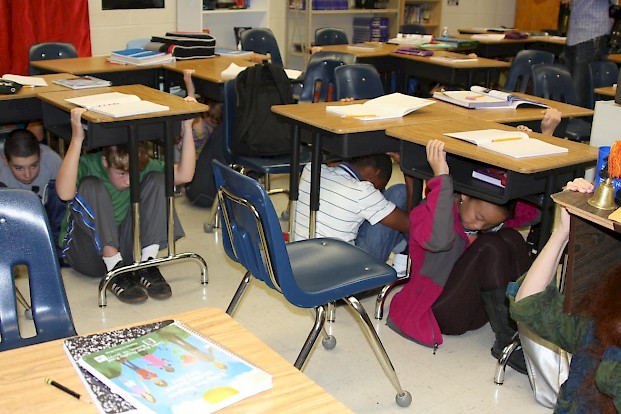
A New Way of Looking at Earthquake Plans
With the inevitability of earthquakes in California, disaster preparedness and evacuation focused
on the safety of lives is of utmost importance. The health, welfare, and safety of children are of
paramount importance, as children are left in the protection of school district officials. In 2005,
California Legislature passed Assembly Bill 103 requiring that each school district have a safety
disaster plan in place and charged the U.S. Department of Education to coordinate with Office of
Emergency Preparedness to keep these materials current and updated (AB 103, Section 1).
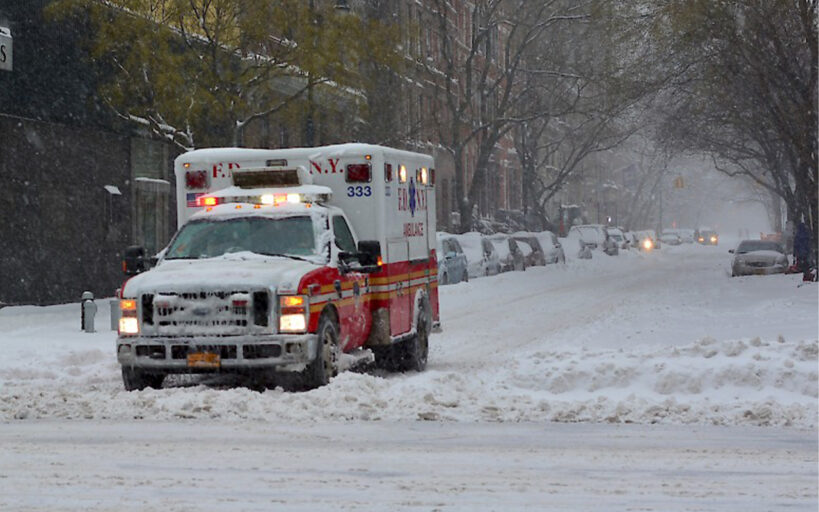
EMS Continuity of Operations Plan: A Critical Lifeline Component
“A lifeline enables the continuous operation of critical government and business functions and is essential to human health and safety or economic security.” The Federal Emergency Management Agency (FEMA) developed the Community Lifelines construct after the 2017 and 2018 hurricane seasons. The framework of Community Lifelines allows the whole community to assess the status of and impact to each of the seven lifelines so that the optimal and correct essential action can be executed to support those lifelines not operating at full capacity during a disaster or emergency event.
Trending
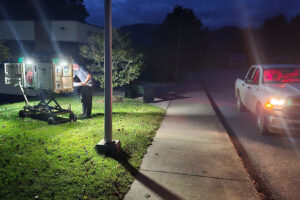 Bridging Communication Gaps: Lessons from Hurricane Helene by Greg Hauser Hurricanes in 2024 caused widespread damage to infrastructure, leading to a critical but often overlooked issue: isolation. Physical and technological…
Bridging Communication Gaps: Lessons from Hurricane Helene by Greg Hauser Hurricanes in 2024 caused widespread damage to infrastructure, leading to a critical but often overlooked issue: isolation. Physical and technological… A Systems Thinking Approach to Improving Emergency… by William Chapman “PACE” planning helps organizations fail gracefully, but systems thinking reduces the likelihood of failure altogether. Combining both approaches helps organizations…
A Systems Thinking Approach to Improving Emergency… by William Chapman “PACE” planning helps organizations fail gracefully, but systems thinking reduces the likelihood of failure altogether. Combining both approaches helps organizations… Disaster Stress Management in an Emergency Operations Center by Mary Schoenfeldt Disasters affect responders and community members, but they also bring trauma to those working inside emergency operations centers. Distance from…
Disaster Stress Management in an Emergency Operations Center by Mary Schoenfeldt Disasters affect responders and community members, but they also bring trauma to those working inside emergency operations centers. Distance from… Why Emergency Management Is a Good Career for… by Mathew Perrill For many service members, the transition from the military to a civilian workforce can be challenging. They have been trained…
Why Emergency Management Is a Good Career for… by Mathew Perrill For many service members, the transition from the military to a civilian workforce can be challenging. They have been trained…Trending
 Disaster Stress Management in an Emergency Operations Center by Mary Schoenfeldt Disasters affect responders and community members, but they also bring trauma to those working inside emergency operations centers. Distance from…
Disaster Stress Management in an Emergency Operations Center by Mary Schoenfeldt Disasters affect responders and community members, but they also bring trauma to those working inside emergency operations centers. Distance from… Why Emergency Management Is a Good Career for… by Mathew Perrill For many service members, the transition from the military to a civilian workforce can be challenging. They have been trained…
Why Emergency Management Is a Good Career for… by Mathew Perrill For many service members, the transition from the military to a civilian workforce can be challenging. They have been trained… Bridging Communication Gaps: Lessons from Hurricane Helene by Greg Hauser Hurricanes in 2024 caused widespread damage to infrastructure, leading to a critical but often overlooked issue: isolation. Physical and technological…
Bridging Communication Gaps: Lessons from Hurricane Helene by Greg Hauser Hurricanes in 2024 caused widespread damage to infrastructure, leading to a critical but often overlooked issue: isolation. Physical and technological… A Systems Thinking Approach to Improving Emergency… by William Chapman “PACE” planning helps organizations fail gracefully, but systems thinking reduces the likelihood of failure altogether. Combining both approaches helps organizations…
A Systems Thinking Approach to Improving Emergency… by William Chapman “PACE” planning helps organizations fail gracefully, but systems thinking reduces the likelihood of failure altogether. Combining both approaches helps organizations…Trending
Bridging Communication Gaps: Lessons from Hurricane Helene by Greg Hauser Hurricanes in 2024 caused widespread damage to infrastructure, leading to a critical but often overlooked issue: isolation. Physical and technological…
A Systems Thinking Approach to Improving Emergency… by William Chapman “PACE” planning helps organizations fail gracefully, but systems thinking reduces the likelihood of failure altogether. Combining both approaches helps organizations…
Disaster Stress Management in an Emergency Operations Center by Mary Schoenfeldt Disasters affect responders and community members, but they also bring trauma to those working inside emergency operations centers. Distance from…
Why Emergency Management Is a Good Career for… by Mathew Perrill For many service members, the transition from the military to a civilian workforce can be challenging. They have been trained…
Domestic Preparedness Journal
Featured in this issue
- Special Units and Underutilized Resources
- Law Enforcement and Multidisciplinary Teams
- Public Order Policing Units in Disasters
- State Defense Forces in Emergency Response
- Emergency Carcass Operations
- Wildfire PREsponse: Closing the Gap With Mitigation
- Scouts and the Value of Prepared Youth
- Service Dogs: What First Responders Need to Know
- Emergency Management for Transitioning Veterans
- Podcast – Reframing Hurricane Response: Craig Fugate on Survivors as a First Line of Defense
- Podcast – Built to Serve: Chief Jeffrey J. Wittig on TIFMAS, Teamwork, and Emergency Response
Articles Out Loud

Article Out Loud – Law Enforcement Collaboration Within Multidisciplinary Teams
June 25, 2025
This is an article by Richard Schoeberl and Anthony (Tony) Mottola, an Article Out Loud from Domestic Preparedness, June 25,

Article Out Loud – State Defense Forces: The Untapped Backbone of Emergency Response
June 25, 2025
This is an article by Robert Hastings, an Article Out Loud from Domestic Preparedness, June 25, 2025. As disasters become


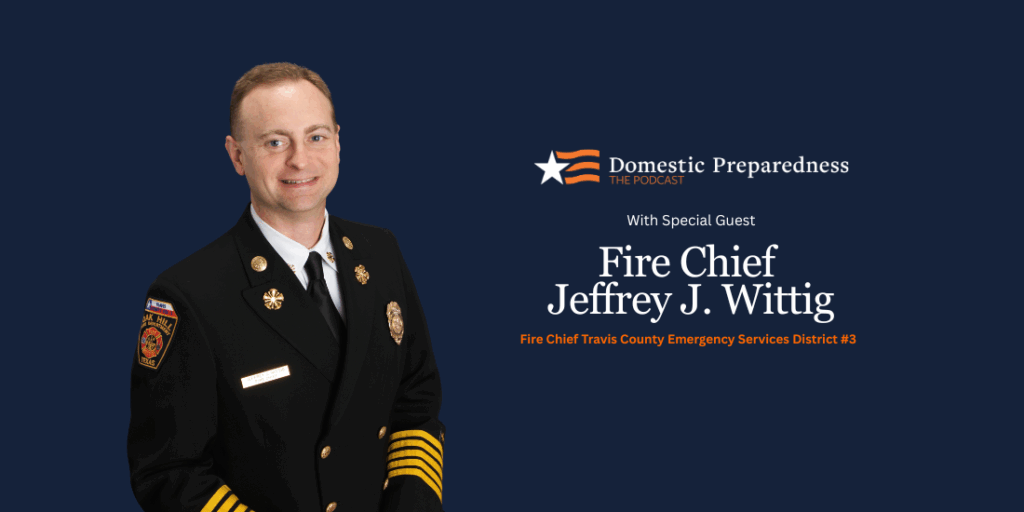
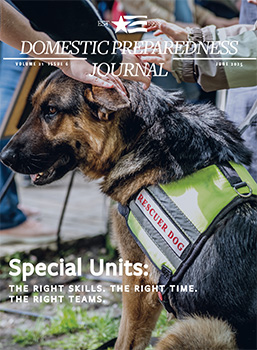

Editor’s Note – Special Units and Underutilized Resources